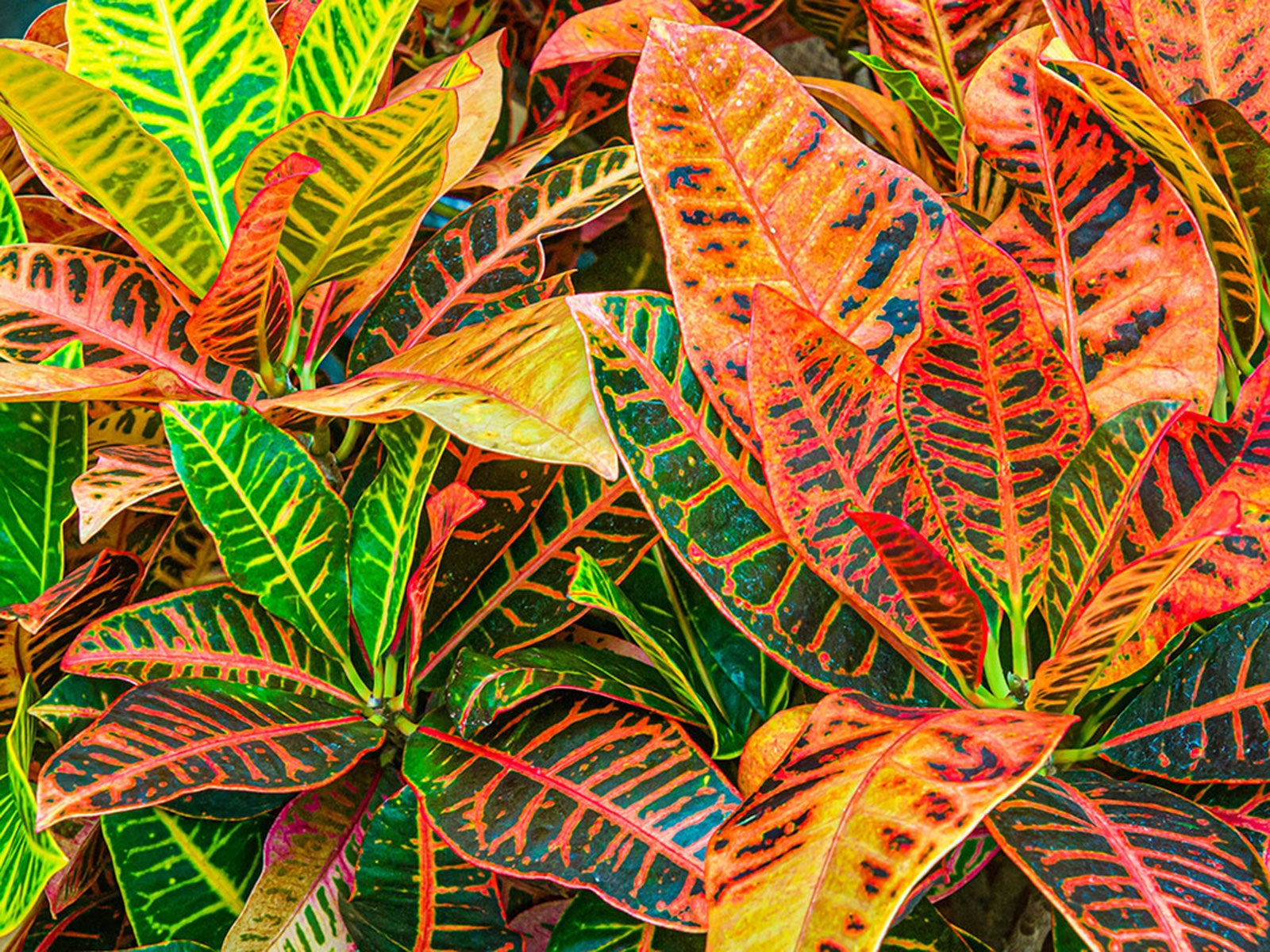Croton plants, scientifically known as Codiaeum variegatum, are a popular choice for indoor gardeners due to their striking and diverse foliage. These tropical plants are native to Southeast Asia and the Pacific Islands, where they thrive in warm, humid environments. With their vibrant leaves that range from green, yellow, and orange to red and purple, Crotons can add a burst of color to any home or office.
Understanding Croton Plants
Crotons are evergreen shrubs that can grow up to 10 feet tall in their natural habitat. However, as houseplants, they typically remain smaller, ranging from a few inches to several feet in height. The leaves of Croton plants are their most distinguishing feature, with a wide variety of shapes and colors. Some common leaf types include:
Leaf Types
Lanceolate: Long, narrow leaves with pointed tips.
The colors of Croton leaves can vary widely, depending on the cultivar and growing conditions. Some common color combinations include:
Color Combinations
Green and yellow
Caring for Your Croton Plant

While Croton plants are relatively low-maintenance, they do have specific care requirements to thrive indoors. Here are some tips for keeping your Croton plant healthy and vibrant:
Light
Crotons need bright, indirect light to maintain their vibrant colors. Place your plant near a sunny window, but avoid direct sunlight, which can scorch the leaves.
Water
Crotons prefer consistently moist soil but do not tolerate waterlogged conditions. Water your plant regularly, allowing the top inch of soil to dry out between waterings. During the winter months, reduce watering frequency as the plant’s growth slows down.
Temperature and Humidity
Crotons thrive in warm, humid environments. Aim for a temperature range of 65-80°F (18-27°C) and maintain high humidity levels by misting the plant regularly or using a humidifier.
Soil
Use a well-draining potting mix that is rich in organic matter. A mixture of peat moss, perlite, and potting soil works well.
Fertilizer

Fertilize your Croton plant every two weeks during the growing season (spring and summer) with a balanced liquid fertilizer diluted to half strength. Reduce fertilization during the winter months.
Pruning
Pruning your Croton plant can help control its shape and encourage bushier growth. Prune in the spring or summer to remove any leggy or damaged stems.
Common Problems with Croton Plants
While Croton plants are relatively hardy, they can be susceptible to a few common problems:
Pests
Crotons can be affected by pests such as mealybugs, scale insects, and spider mites. Treat infestations promptly with insecticidal soap or neem oil.
Leaf Drop
Leaf drop can be caused by various factors, including low humidity, cold temperatures, or overwatering. Ensure your plant is in an ideal environment and adjust your care accordingly.
Color Loss

If your Croton plant is losing its vibrant colors, it may not be receiving enough light or nutrients. Increase the light exposure and fertilize regularly to restore the plant’s color.
Propagating Croton Plants
Propagating Croton plants is a relatively easy process that can be done through stem cuttings. Here’s how:
1. Choose a healthy stem cutting: Select a stem cutting that is about 4-6 inches long and has several leaves.
2. Remove the lower leaves: Strip the leaves from the bottom 2-3 inches of the stem cutting.
3. Dip the cutting in rooting hormone: Dip the cut end of the stem in rooting hormone to encourage root development.
4. Plant the cutting: Plant the cutting in a pot filled with a well-draining potting mix.
5. Keep the cutting moist: Keep the soil moist but not soggy.
6. Place the cutting in a warm, humid location: Place the pot in a warm, humid location with indirect light.
7. Wait for roots to develop: Roots should develop within a few weeks. Once the roots have developed, you can transplant the new plant into a larger pot.
Conclusion
With their stunning foliage and relatively low-maintenance care requirements, Croton plants are a popular choice for indoor gardeners. By following the tips outlined in this article, you can enjoy the beauty of these vibrant plants for years to come.



:max_bytes(150000):strip_icc()/growing-and-using-coreopsis-in-the-flower-garden-1402839-recirc-e8a9c85c0aea450185512cccc56c1b42.jpg?w=200&resize=200,112&ssl=1)
:max_bytes(150000):strip_icc()/calathea-orbifolia-growing-guide-5270824-hero-2a3b8667f05b40a49b27da573d2486fb.jpg?w=200&resize=200,112&ssl=1)

:max_bytes(150000):strip_icc()/grow-sago-palms-1902770-06-b83d3d47262a499c889900a6c83625f7.jpg?w=200&resize=200,112&ssl=1)
